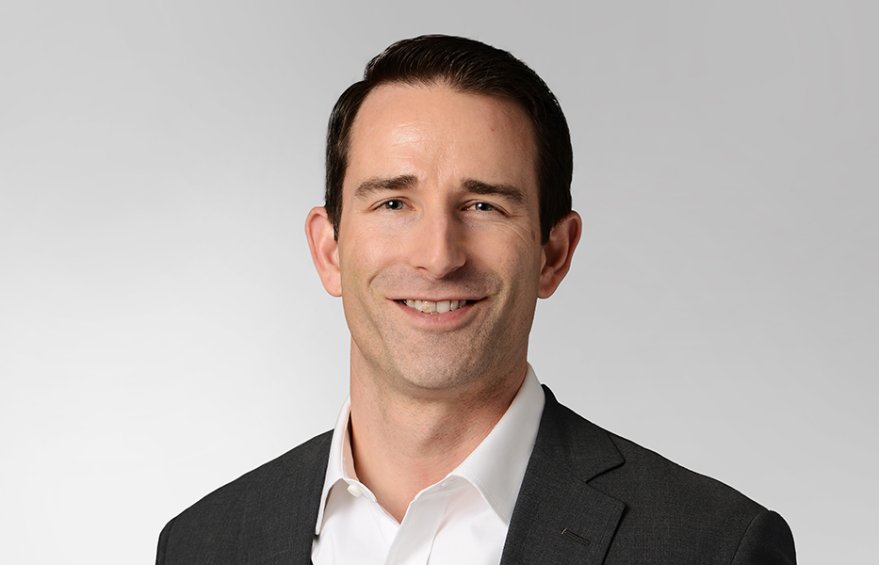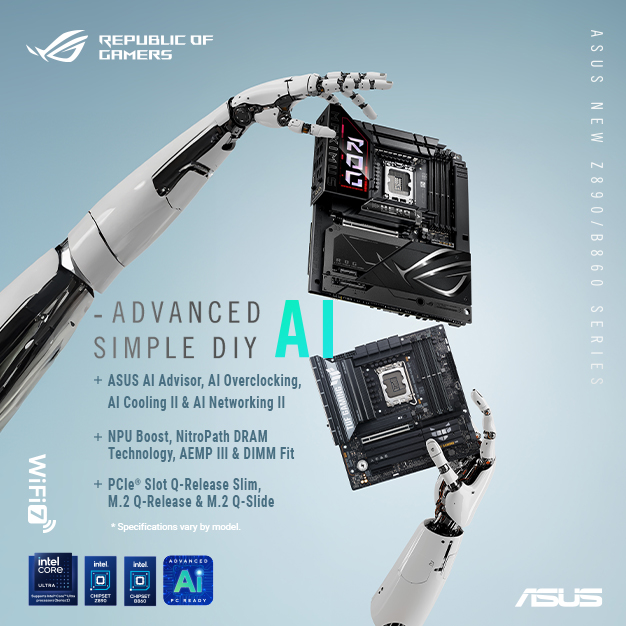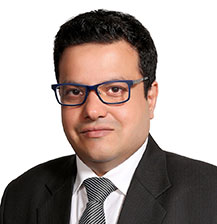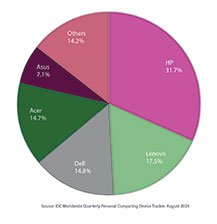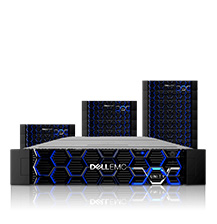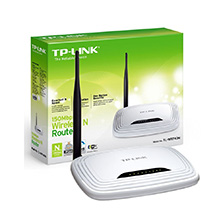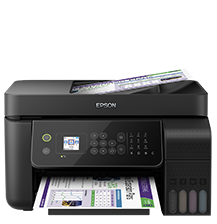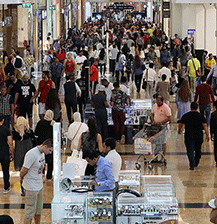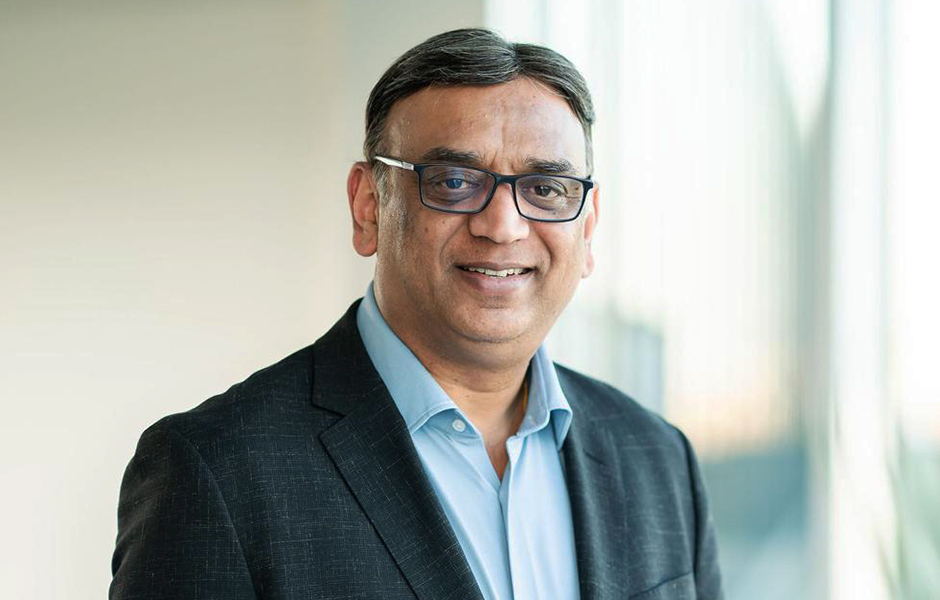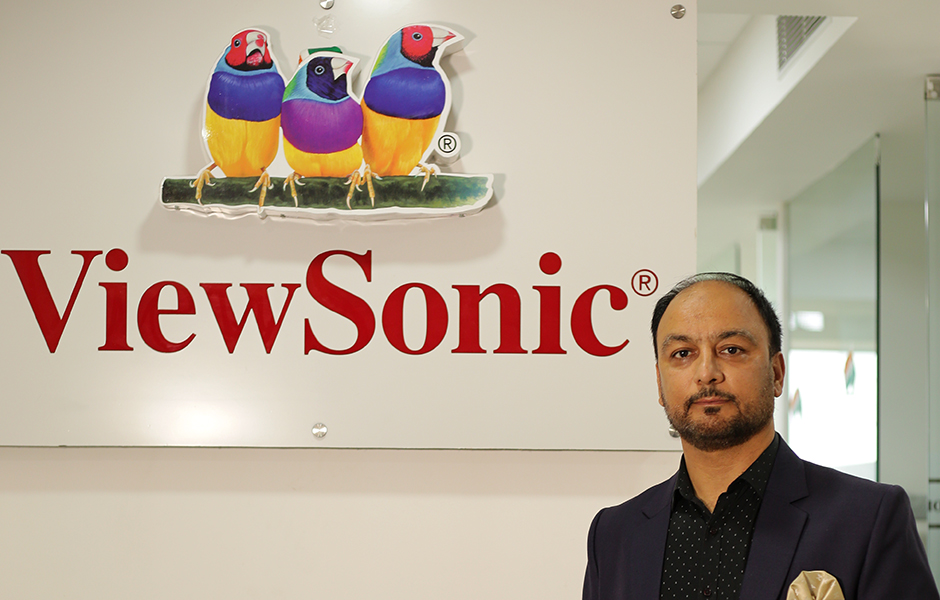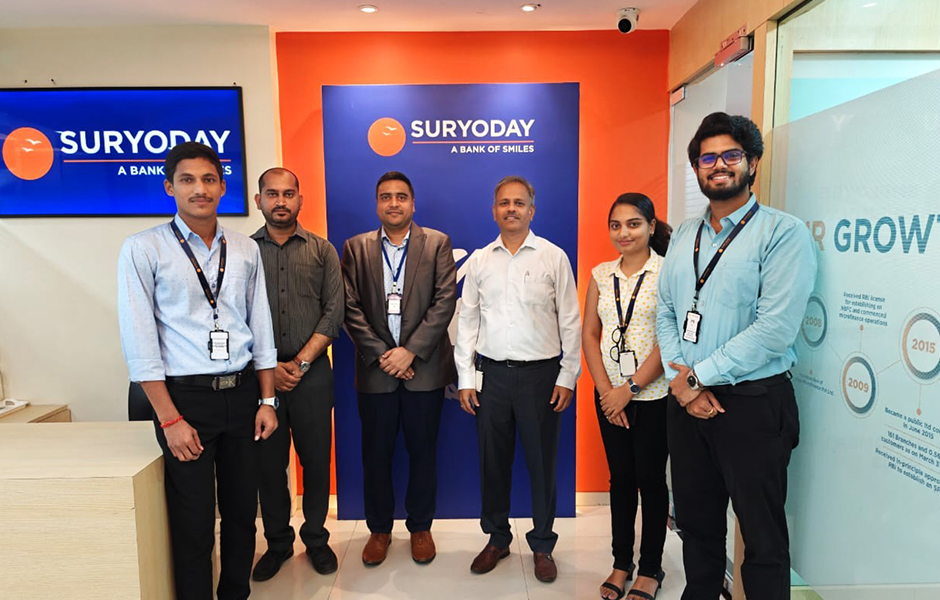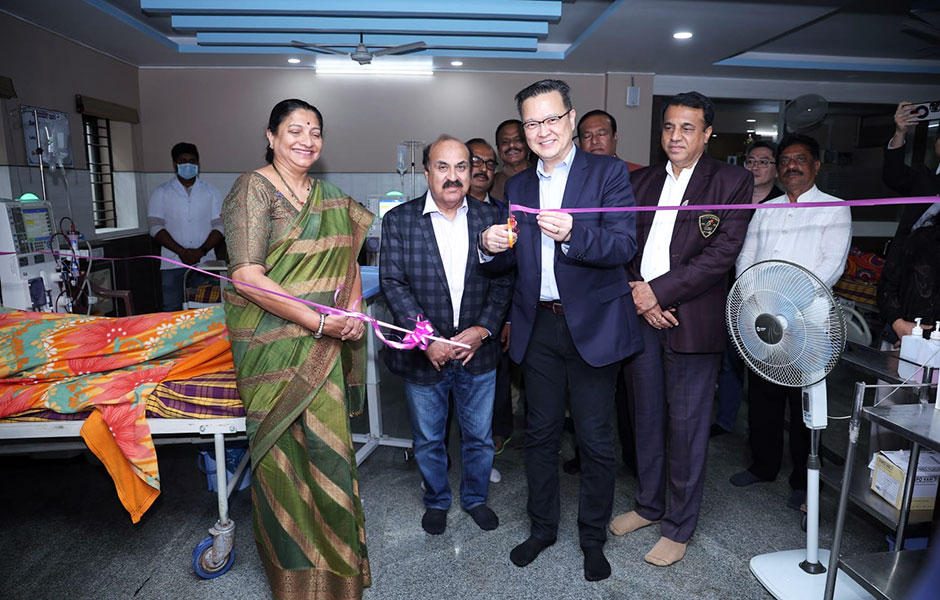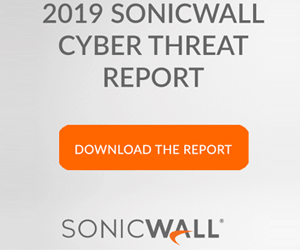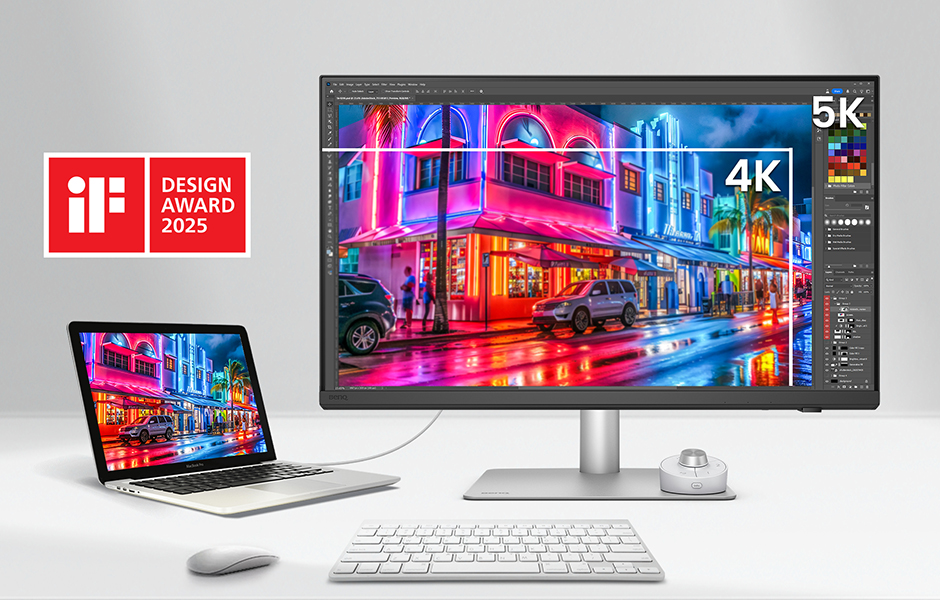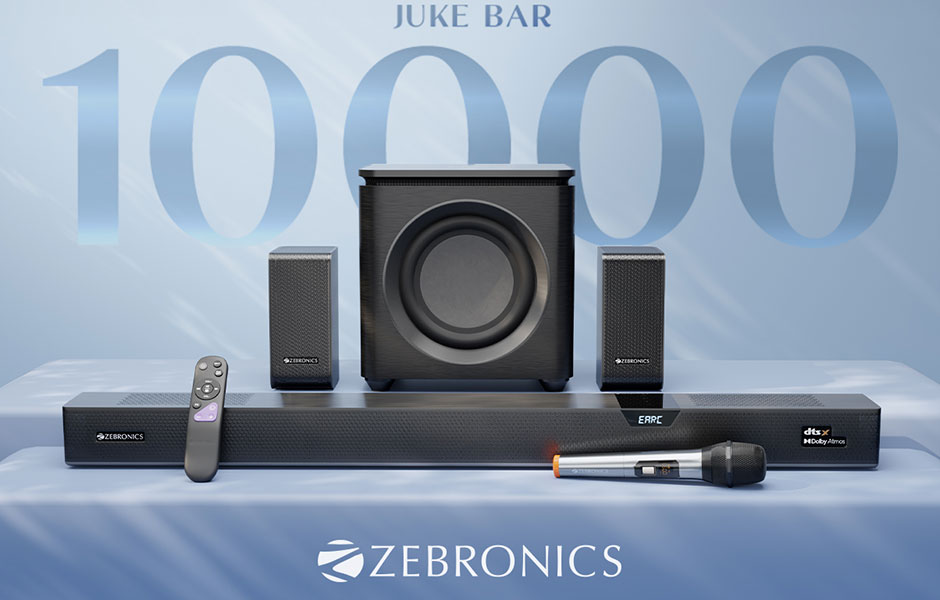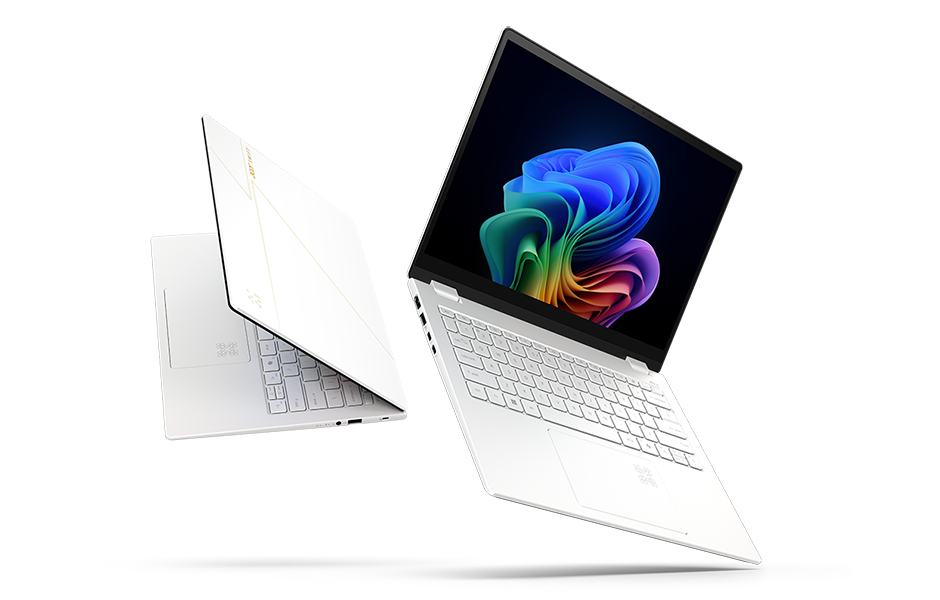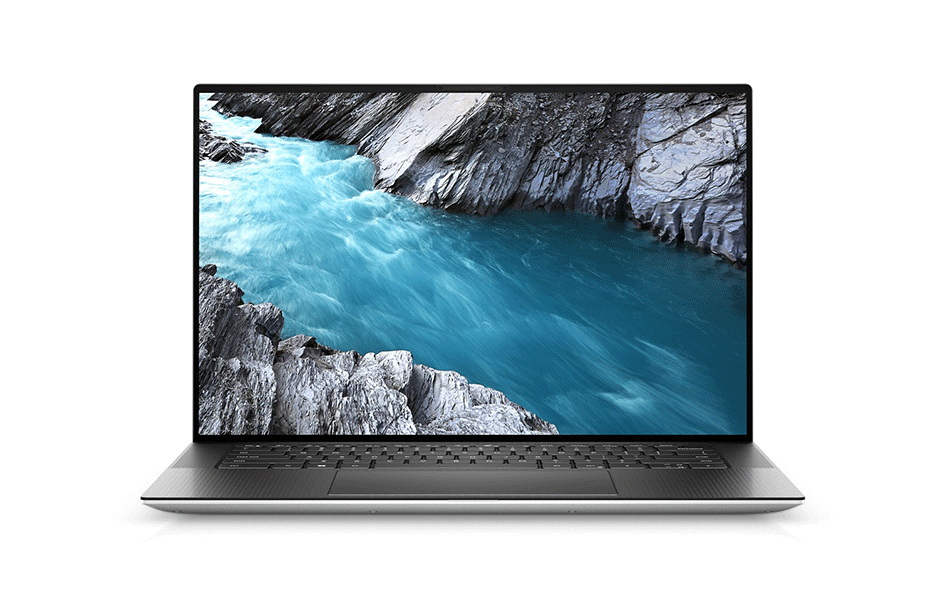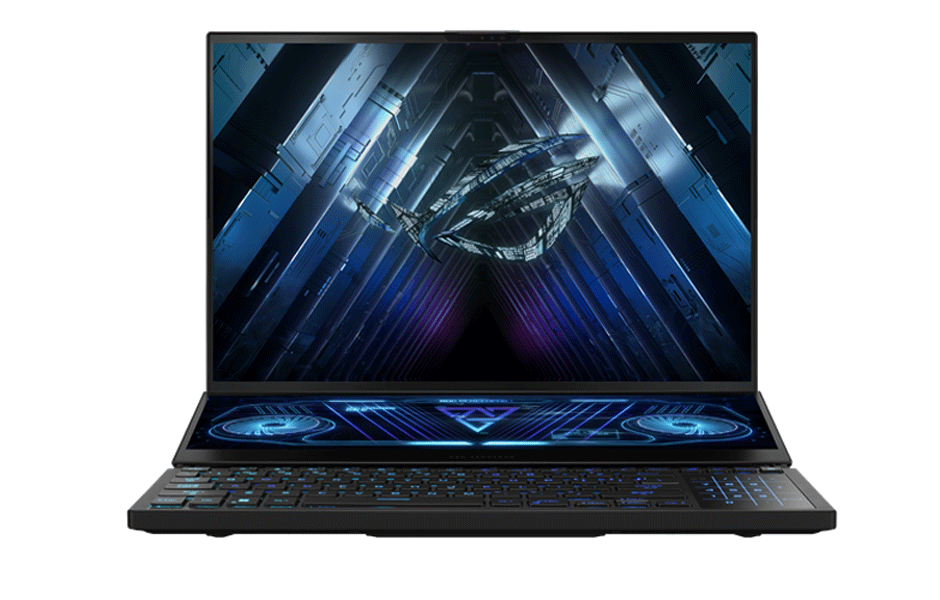Organizations need to deploy secure access service edge in hybrid working environment: Check Point
Digital Edge Bureau 10 Jul, 2021 0 comment(s)
As organizations enable their employees to access corporate resources remotely, the SASE (secure access service edge) model addresses the limitations of traditional network architectures, converging networking and security in the cloud
Check Point Software Technologies, the leading provider of cyber security solutions globally, has revealed the results from a recent survey showing how organizations have been impacted by the pandemic, particularly when it comes to IT and security strategies.
Cyberattacks and threats have increased as hackers have taken advantage of the shift to remote and hybrid work, and this survey confirms that there is a growing shift towards cloud-based security and SASE (secure access service edge) solutions. As organizations enable their employees to access corporate resources remotely, the SASE model addresses the limitations of traditional network architectures, converging networking and security in the cloud.
Rafi Kretchmer, VP of Product Marketing at Check Point Software, said, “The shift to remote and hybrid work is one of the most important changes to have taken place as a result of the Covid-19 pandemic. Many organizations have had to compromise network performance and protection across their distributed environments because they use multiple different point products, which leads to management complexity and fragmented threat visibility”. “This survey confirms that many organizations are feeling more at risk and there is a growing shift towards cloud-based security. The SASE framework consolidates cloud services to minimize attack surfaces and improve the user experience”, accentuated Kretchmer.
Interestingly, the survey reveals dual adoption of both cloud and on-prem security. For expediency, it may be easier to add capacity to current solutions, rather than rip out and replace them with completely new ones. Alternatively, this may reflect a phased approach to adopting cloud-based services or may be a result of data residency considerations.
Yet 66 percent are using cloud-based security services to scale up remote access and 61 percent of those respondents consider cloud-based security services to be critical to scaling remote access (including 83 percent of senior management). Now more than ever, due to the long-term effects that remote working will have on data security needs and architecture, cloud-based security services and SASE technology are gaining interest as they solve the pressing need to provide fast connectivity and reliable security for any user regardless of device, location or target resource. With users working anywhere, cloud services improve performance and availability on a global scale.
Check Point Harmony Connect delivers Check Point’s top rated field-tested security technology from the cloud. Harmony Connect redefines SASE by making it easy to access corporate applications, SaaS and the internet for any user or branch, from any device, without compromising on security. Built to prevent the most advanced cyberattacks, Harmony Connect unifies multiple cloud-delivered network security services, such as SWG, ZTNA, FWaaS and DLP, and is deployed within minutes to apply Zero Trust policies with a seamless user experience.
Key findings from the survey
Remote work brings increased risk: According to 45 percent of all respondents, organizations are at higher risk of cyberattacks as they shift to remote working. The industries that reported the highest level of cyberattacks were finance (54 percent), utilities (52 percent) and manufacturing (47 percent).
Administration challenges: The top three issues IT and security professionals contend with are scaling performance (46 percent), addressing privacy and data sovereignty concerns (42 percent) and supporting remote access for employees’ unmanaged devices (40 percent).
Strategies for scaling remote access: To meet the hike in demand for remote working, 69 percent of security professionals report they are adding on-prem capacity; 66 percent are moving to cloud-based security and surprisingly, 36 percent do both.
Protecting remotely accessed apps: When enabling remote access to corporate apps, 70 percent consider the security of applications against cyberattacks and zero-day threats to be of high importance.
Adopting SASE technology: Over 94 percent are familiar with the secure access service edge framework, but adoption is slow, with 9 percent having already implemented it and 21 percent planning to do so.




